Luxury Tanzania Safaris
Wake to the call of stirring birds in the Ngorongoro Crater during A&K’s luxury safari holidays in Tanzania or, perhaps, scale Africa's highest peak, Mount Kilimanjaro, while experiencing the extraordinary biodiversity along its most scenic route. These are the top timeless sights and sounds of the Serengeti, and only the beginning of what A&K’s Tanzania safari tours reveal of this thrilling destination.
On A&K’s luxury Tanzania journeys, explore a range of wildlife parks and reserves, including vast Serengeti National Park, the breathtaking Ngorongoro Crater and the wildlife-rich Tarangire National Park. Our luxury safari holidays in Tanzania feature the continent's finest guides, who expertly reveal your destination's countless wonders. After each day of eye-opening adventures, rest in Africa's best lodges or, on certain A&K Tanzania safari vacations, retire to a luxurious A&K mobile tented camp. Whether you witness an endangered black rhino quietly grazing or thousands of wildebeest and zebra thundering through plains during the Great Migration, A&K takes you to the core of the action on the top Tanzania safari you can experience
&K's luxury safari holidays in Tanzania also introduce you to the many cultures in the region, from the proud Maasai or the Hadza (Hadzabe) people, the last bushmen in Africa. A&K’s top journeys go beyond the typical Tanzania safari tour to include visits to Abercrombie & Kent Philanthropy-supported projects. Meet the women of a local bike shop that empowers them to earn money to support their families, or visit a school equipped with LifeStraw, a simple system for providing reliable access to safe drinking water for students and teachers.
Best Time To Go
December - March, June - OctoberClimate Charts
Time Zone
ET +8 hoursFlights
Arusha (JRO); Dar es Salaam (DAR)Ways to Experience Luxury Travel to Tanzania

Tailor Made Tanzania Safaris
Elevate your travel experience with private Tailor Made luxury safari tours to Tanzania. Created by our experts, each bespoke tour to Tanzania is designed just for you and your preferences with customized luxury Tailor Made adventures, accommodations, private air and more.

Tanzania Small-Group Tours
Experience A&K's best-in-class luxury small-group tours to Tanzania. Led by an acclaimed Resident Tour Director®, each unique journey is expertly designed to offer incredible insider access and an intimate small-group experience.
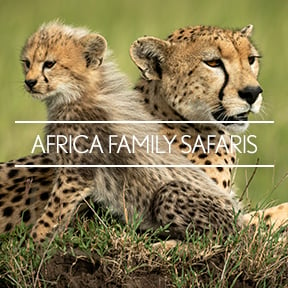
Family Tanzania Safari Vacations
Travel together on unforgettable luxury family vacations and safaris to Tanzania created by our family adventure experts. Choose from small-group family journeys or custom private Tailor Made travel, designed just for your family and ideal for holidays and celebrations.

Journeys Featuring Private Air
See and experience more on exclusive Wings Over the World Journeys. The ultimate small-group travel experience, these luxury journeys feature itineraries packed with insider access and the ease of privately chartered flights between destinations.
Learn More about Tanzania Safaris

Serengeti
This vast plain is witness to one of nature's great spectacles: the Great Migration of millions of wildebeest, zebra and other grazing animals seeking fresh grass — followed closely by Africa's largest concentration of lion. Whether you're a first-time Africa visitor or a seasoned safari-goer, the Great Migration is not to be missed.

Lake Manyara
This shallow alkaline lake is best known for the millions of flamingo that call it home. The lake and its surrounding regions also shelter hippo, baboon, impala and a variety of other bird species.

Tarangire
Baobab-dotted Tarangire is one of the most awe-inspiring landscapes in all of Africa, with an equally impressive population of wildlife, including elephant, zebra, wildebeest and giraffe - along with lion, which are known to occasionally climb trees for relief from the day's heat.

Ngorongoro Crater
This ancient crater is a sheltered haven for wildlife, harboring nearly all of East Africa's iconic species. In addition to first-rate game viewing, the crater offers close proximity to Olduvai Gorge, the "Cradle of Humanity," where many pre-human fossil remains were discovered.
Explore More of Tanzania on Safari with A&K

Experience a Day on Safari, the A&K Way
Set out on an adventure with the luxury safari pioneers, and enjoy game drives, fine dining and five-star service — and keep watch for the "Big Five."

Witness the Breathtaking Great Migration
Learn from an A&K expert what drives hundreds of thousands of wildebeest and zebras to make their annual migration across Kenya and Tanzania.

Which A&K Safari is Right for You?
Africa is a land of stunning variety, and A&K offers journeys to match. Read our handy guide for choosing the safari that's just right for you.

Explore East Africa in a Private Luxury Camp
Immerse yourself in the heart of the action with a stay in a luxurious private camp in the bush, and experience Africa as Hemingway and Roosevelt once did.

Climbing the Highest Peak in Africa
Summiting Kilimanjaro, where you experience the depth and breadth of the country from above the clouds, is both humbling and inspiring.

Climbing Kilimanaro with Brooke Baldwin
In 2015, CNN's Brooke Baldwin decided it was time to fulfull a long-held dream: climbing Kilimanjaro. And she knew just which travel company to go with.

Your Guide to Dressing for Your Safari
Shoes or boots? Darks or lights? How much is too much? Check out our handy guide onwhat to wear on safari, and pack for your journey with confidence.

Pack for Adventure with A&K's Safari Duffel
All guests on A&K safaris receive a complimentary, custom-crafted A&K Duffel specially designed by our experts to fit all your safari essentials.
Frequently Asked Questions
-
When should I plan to visit Tanzania?
The best times to visit Tanzania are December through March or June through October when the climate is mild, mostly dry and the game viewing is at its finest. The main rainy season typically lasts from April to May with a shorter wet season during November. These rainy seasons draw fewer crowds while fostering abundant vegetation for grazing species. February marks the calving season for mammals such as wildebeest, affording a front row seat to the newborns’ first steps and interactions.
-
What is the Great Migration and when is the best time to see it?
The Great Migration is the largest animal migration in the world. Each year, more than two million animals (wildebeest, zebra, and gazelle) migrate in a clockwise direction across the ecosystems of the Serengeti (Tanzania) and the Masai Mara (Kenya). While this cycle continues throughout the year, the herds are mainly found in the Serengeti in Southern Tanzania from December through early March. April to May marks the season of long rains, when the herds begin their trek north across the central and western Serengeti, grazing hungrily as they go. From June to July, the herds are grazing their way through the Serengeti’s western corridor and continue to push north towards the Masai Mara.The Great Migration is the largest animal migration in the world. Each year, more than two million animals (wildebeest, zebra, and gazelle) migrate in a clockwise direction across the ecosystems of the Serengeti (Tanzania) and the Masai Mara (Kenya). While this cycle continues throughout the year, the herds are mainly found in the Serengeti in Southern Tanzania from December through early March. April to May marks the season of long rains, when the herds begin their trek north across the central and western Serengeti, grazing hungrily as they go. From June to July, the herds are grazing their way through the Serengeti’s western corridor and continue to push north towards the Masai Mara.
-
What are Tanzania’s best places to visit?
Tanzania brims with safari park options, including the vast Serengeti National Park, the breathtaking Ngorongoro Crater and the wildlife-rich Tarangire National Park. Secluded in Tanzania’s remote southern reaches, the vast expanses of Ruaha and Nyerere (Selous) National Parks offer exceptional game viewing for travellers willing to venture off the beaten track. A journey to Tanzania also affords the opportunity to climb Africa's highest peak, Mount Kilimanjaro, while the island hideaway of Zanzibar invites guests to relax amid a beachfront paradise of sun, sand and surf.Tanzania brims with safari park options, including the vast Serengeti National Park, the breathtaking Ngorongoro Crater and the wildlife-rich Tarangire National Park. Secluded in Tanzania’s remote southern reaches, the vast expanses of Ruaha and Nyerere (Selous) National Parks offer exceptional game viewing for travellers willing to venture off the beaten track. A journey to Tanzania also affords the opportunity to climb Africa's highest peak, Mount Kilimanjaro, while the island hideaway of Zanzibar invites guests to relax amid a beachfront paradise of sun, sand and surf.
-
What are the Big Five in Africa?
The term “Big Five” refers to the lion, leopard, elephant, rhinoceros and Cape buffalo — Africa’s topmost predators, and must-sees on every safari adventure throughout Kenya, Tanzania, Botswana and South Africa.The term “Big Five” refers to the lion, leopard, elephant, rhinoceros and Cape buffalo — Africa’s topmost predators, and must-sees on every safari adventure throughout Kenya, Tanzania, Botswana and South Africa.
-
What differentiates a Tanzania safari from a Kenya safari?
While both destinations are known for their exceptional game viewing, Tanzania’s majestic Mount Kilimanjaro, coffee plantations, tropical coastline and island paradise of Zanzibar distinguish it from its neighbor to the north. Broadly speaking, Tanzania’s climate tends to be more tropical than Kenya’s, with more lush, green landscapes. Given their proximity and intersection of the Great Migration, these two countries are often combined into one journey.While both destinations are known for their exceptional game viewing, Tanzania’s majestic Mount Kilimanjaro, coffee plantations, tropical coastline and island paradise of Zanzibar distinguish it from its neighbor to the north. Broadly speaking, Tanzania’s climate tends to be more tropical than Kenya’s, with more lush, green landscapes. Given their proximity and intersection of the Great Migration, these two countries are often combined into one journey.
-
Is a visa required to visit Tanzania?
Tourist Visas are required for U.S. and Canadian passport holders travelling to Tanzania. A&K recommends an Electronic Tourist Visa (eVisa). To apply online, visit eservices.immigration.go.tz/visa.Tourist Visas are required for U.S. and Canadian passport holders travelling to Tanzania. A&K recommends an Electronic Tourist Visa (eVisa). To apply online, visit eservices.immigration.go.tz/visa.
-
What do I wear on safari in Tanzania?
We recommend comfortable clothes made of natural, breathable fabrics. Plan to layer up or down as the temperature fluctuates. Neutral colors are best for game viewing, while black, navy blue and other dark colors tend to attract insects; leave camouflage at home, as it’s not permitted in game parks. Smart casual attire is appropriate for evenings, but formalwear is not necessary.We recommend comfortable clothes made of natural, breathable fabrics. Plan to layer up or down as the temperature fluctuates. Neutral colors are best for game viewing, while black, navy blue and other dark colors tend to attract insects; leave camouflage at home, as it’s not permitted in game parks. Smart casual attire is appropriate for evenings, but formalwear is not necessary.
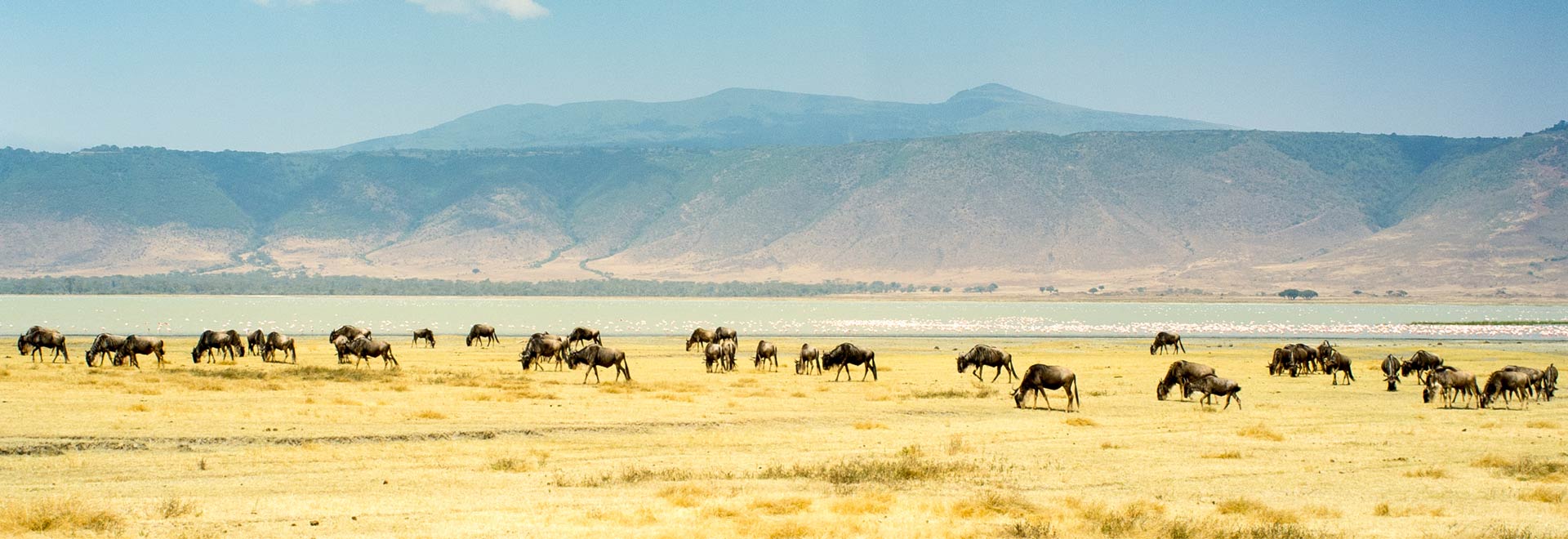


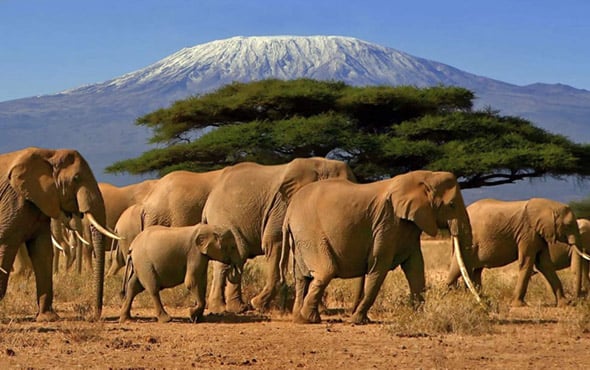

.jpg)

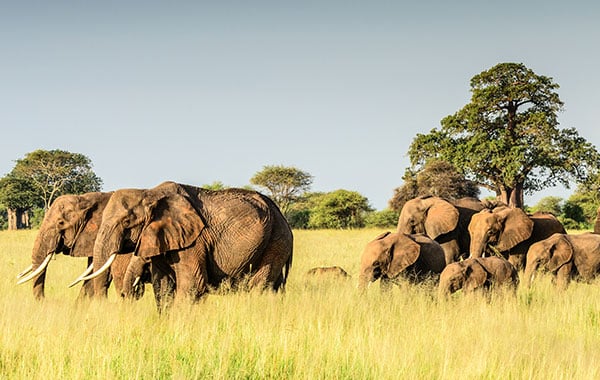
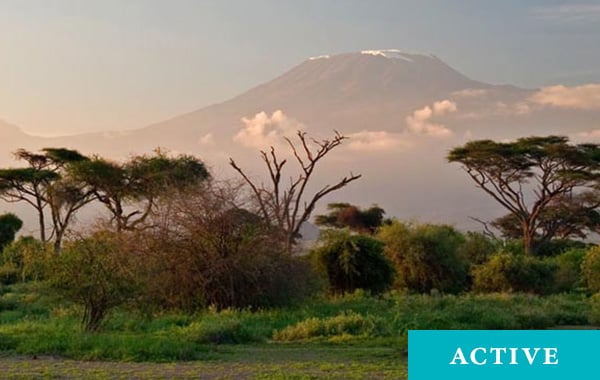
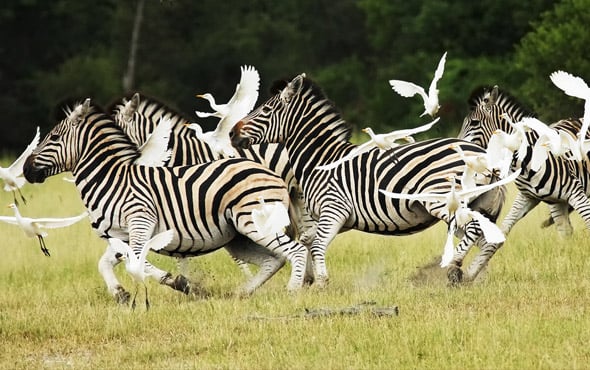

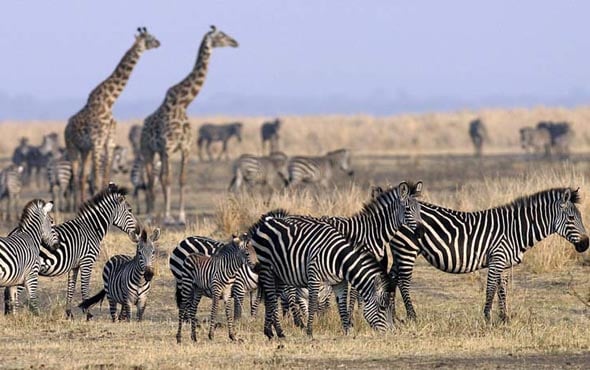
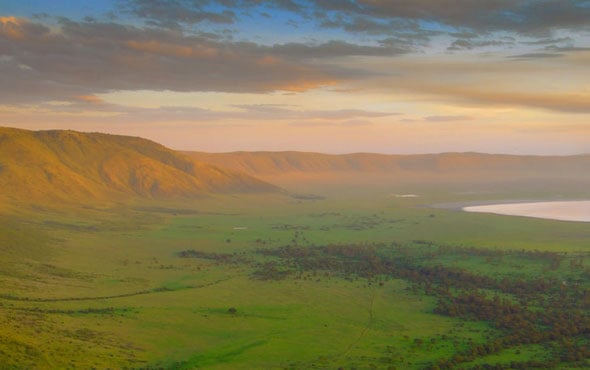
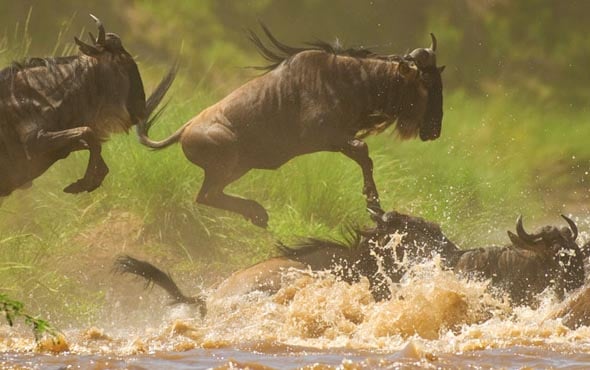
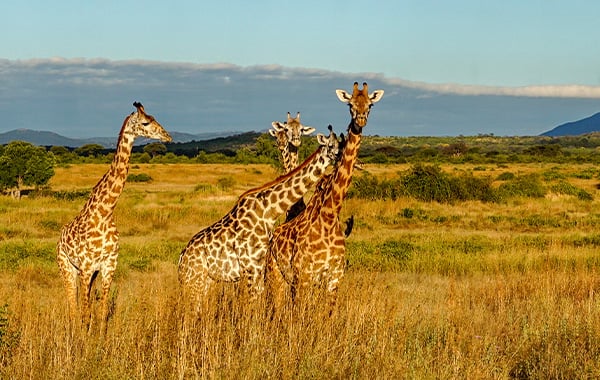
 The Americas
The Americas
 Europe, Middle East and Africa
Europe, Middle East and Africa Australia, NZ and SE Asia
Australia, NZ and SE Asia